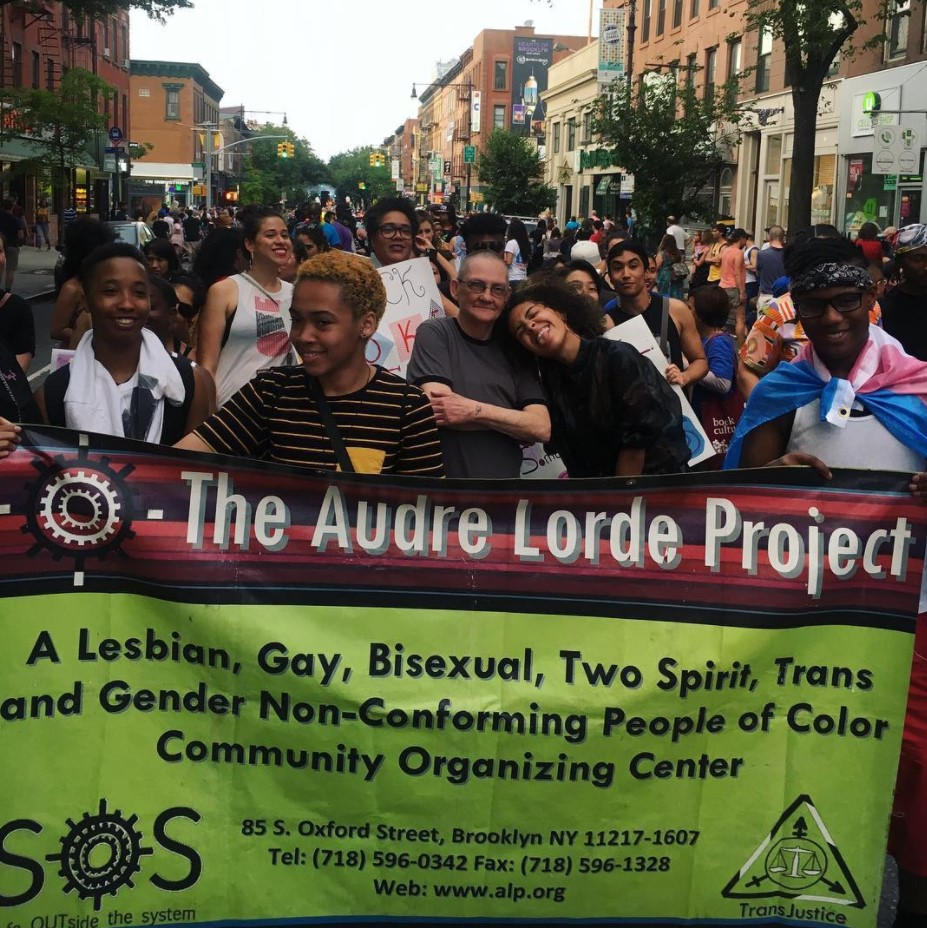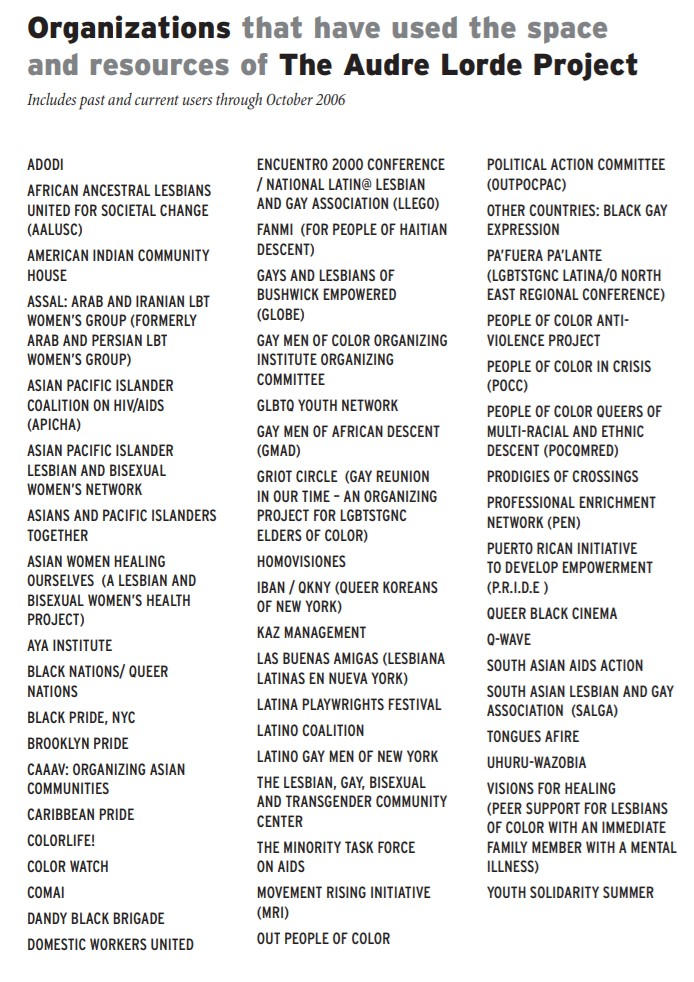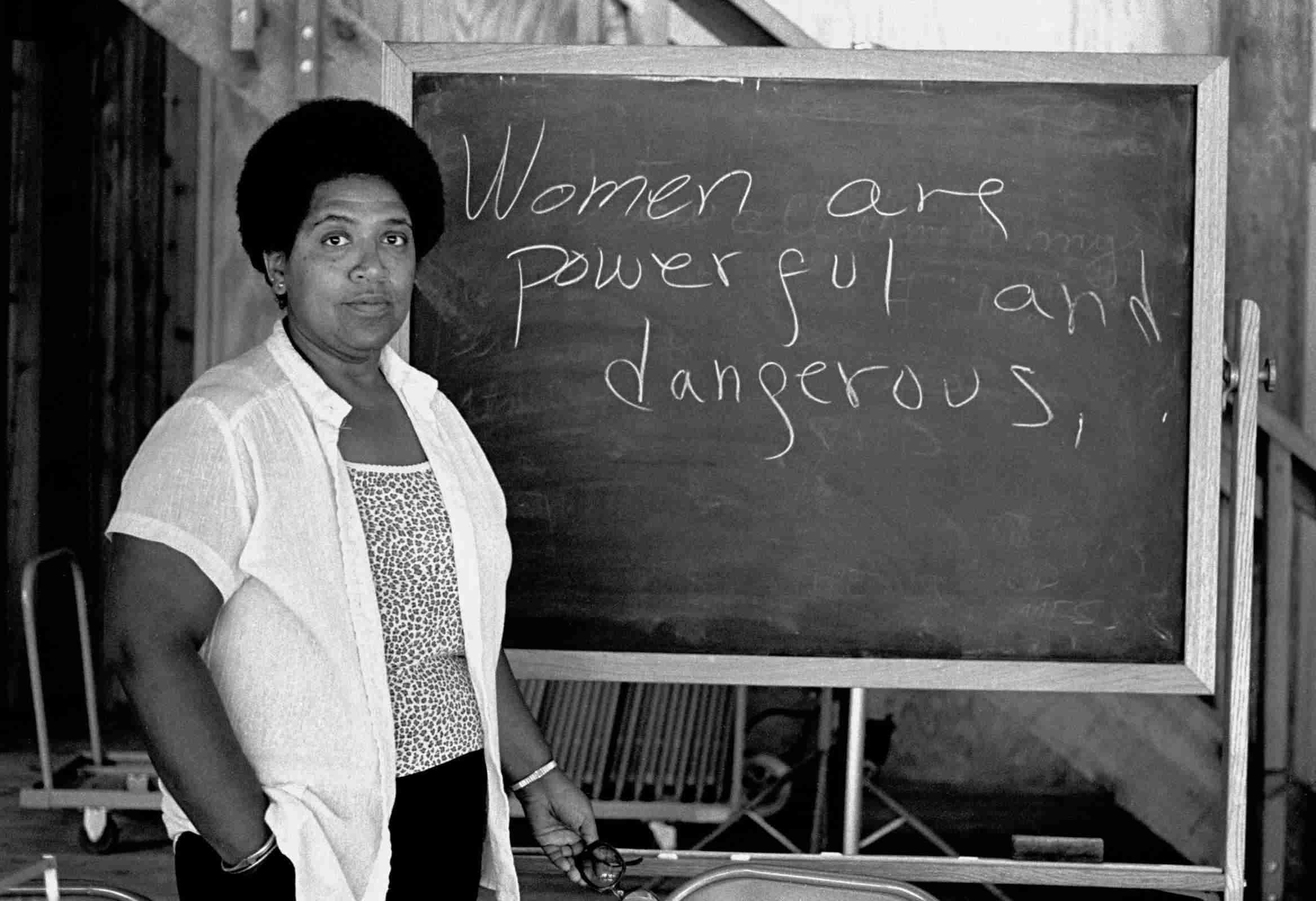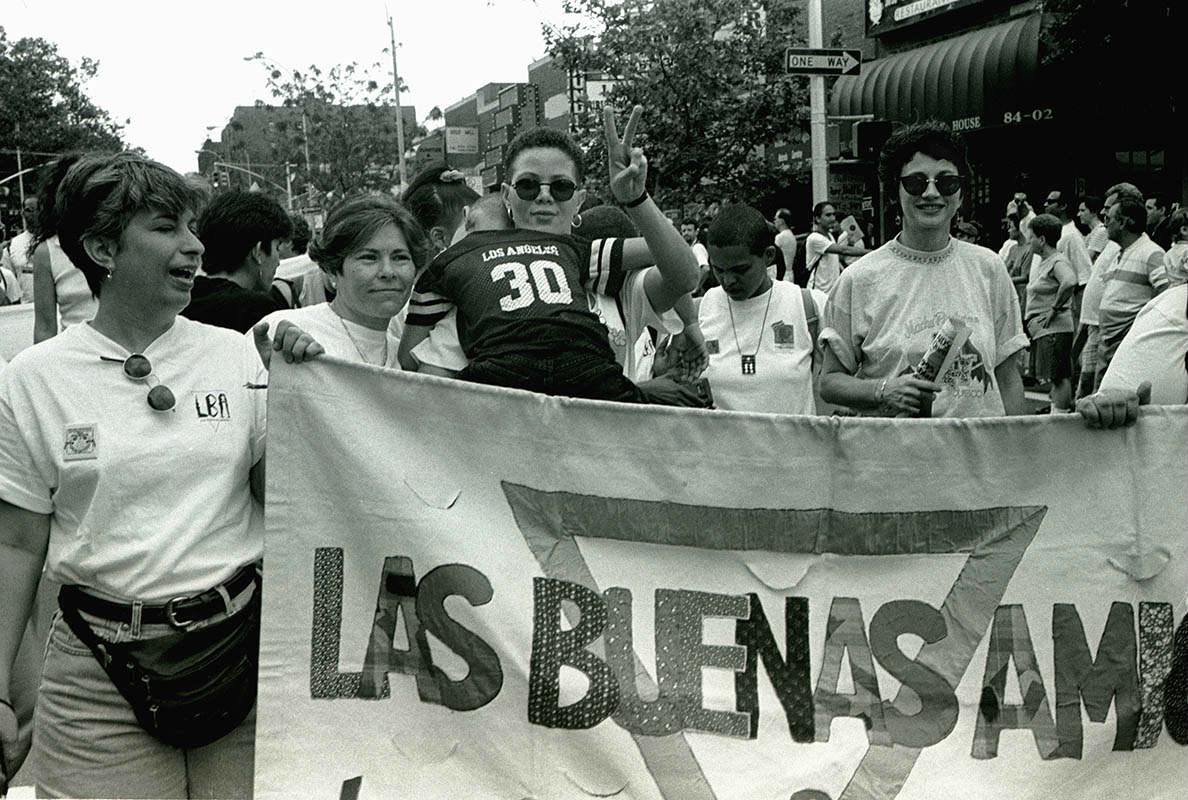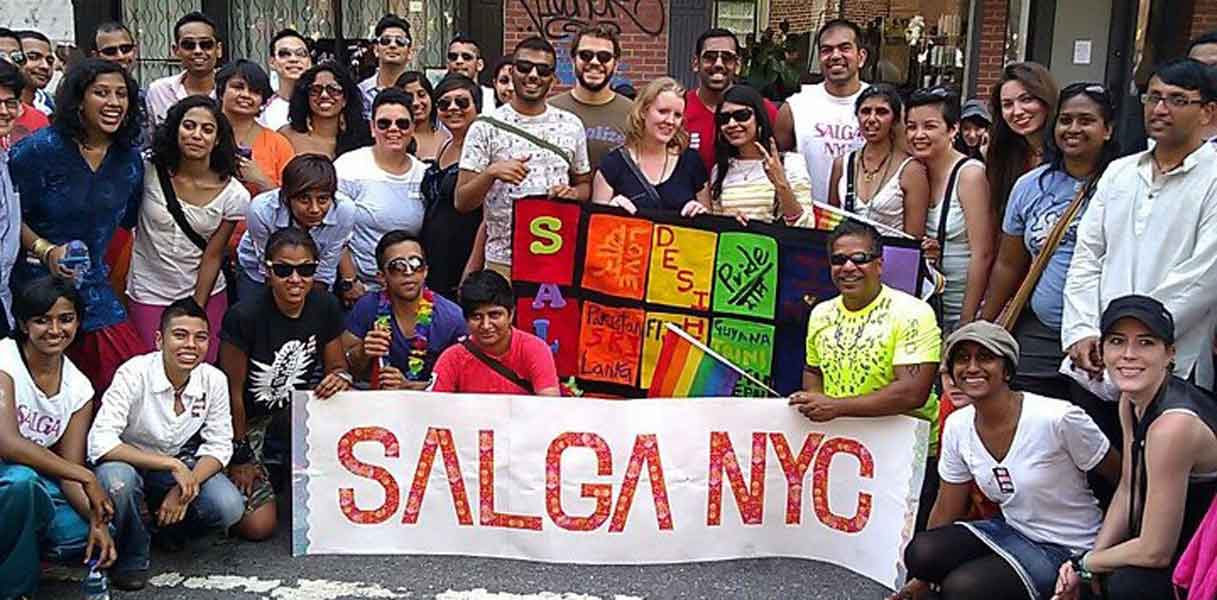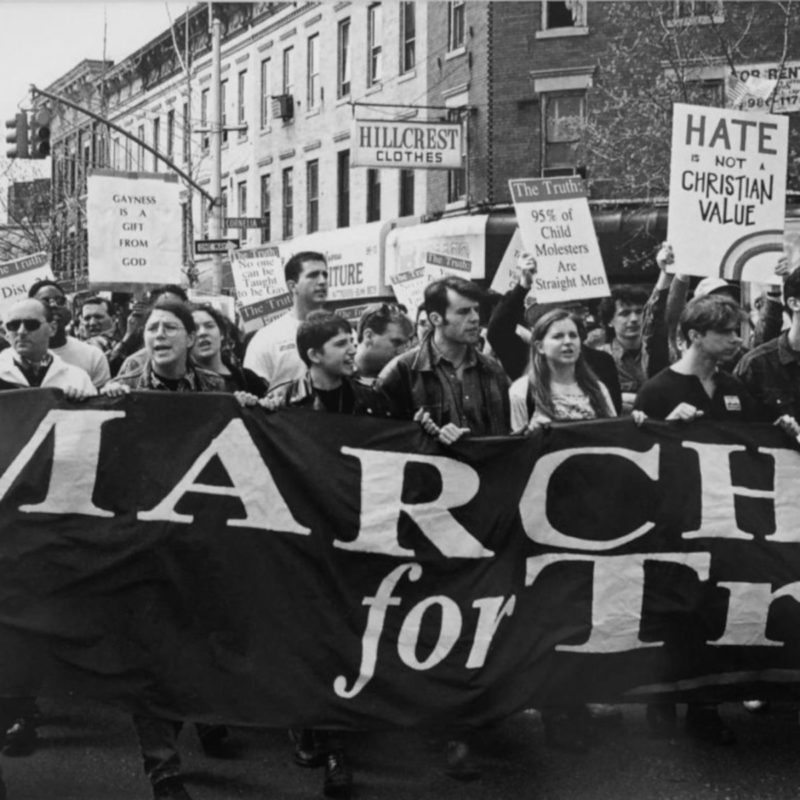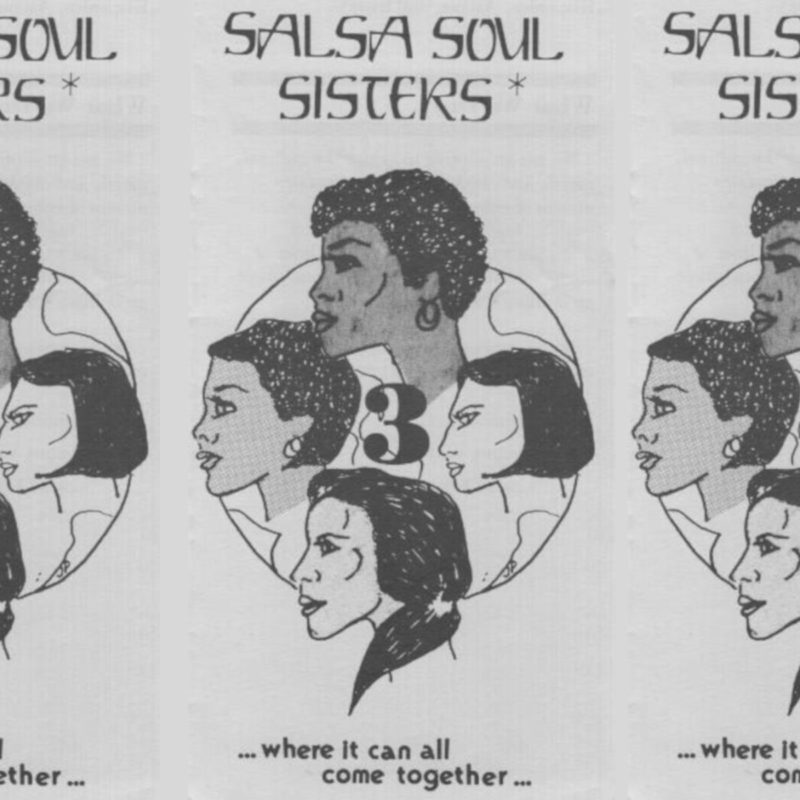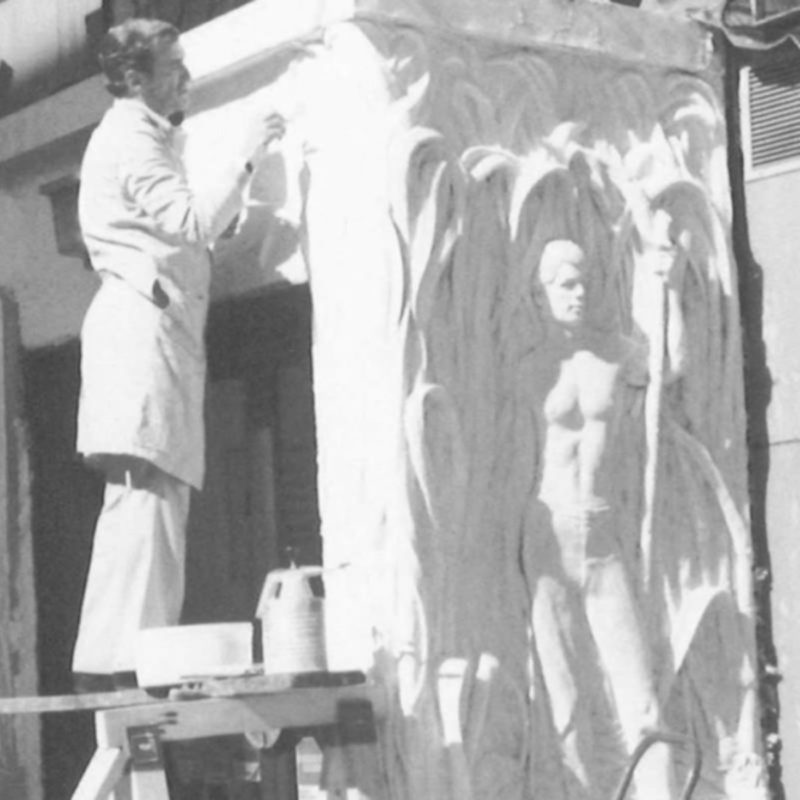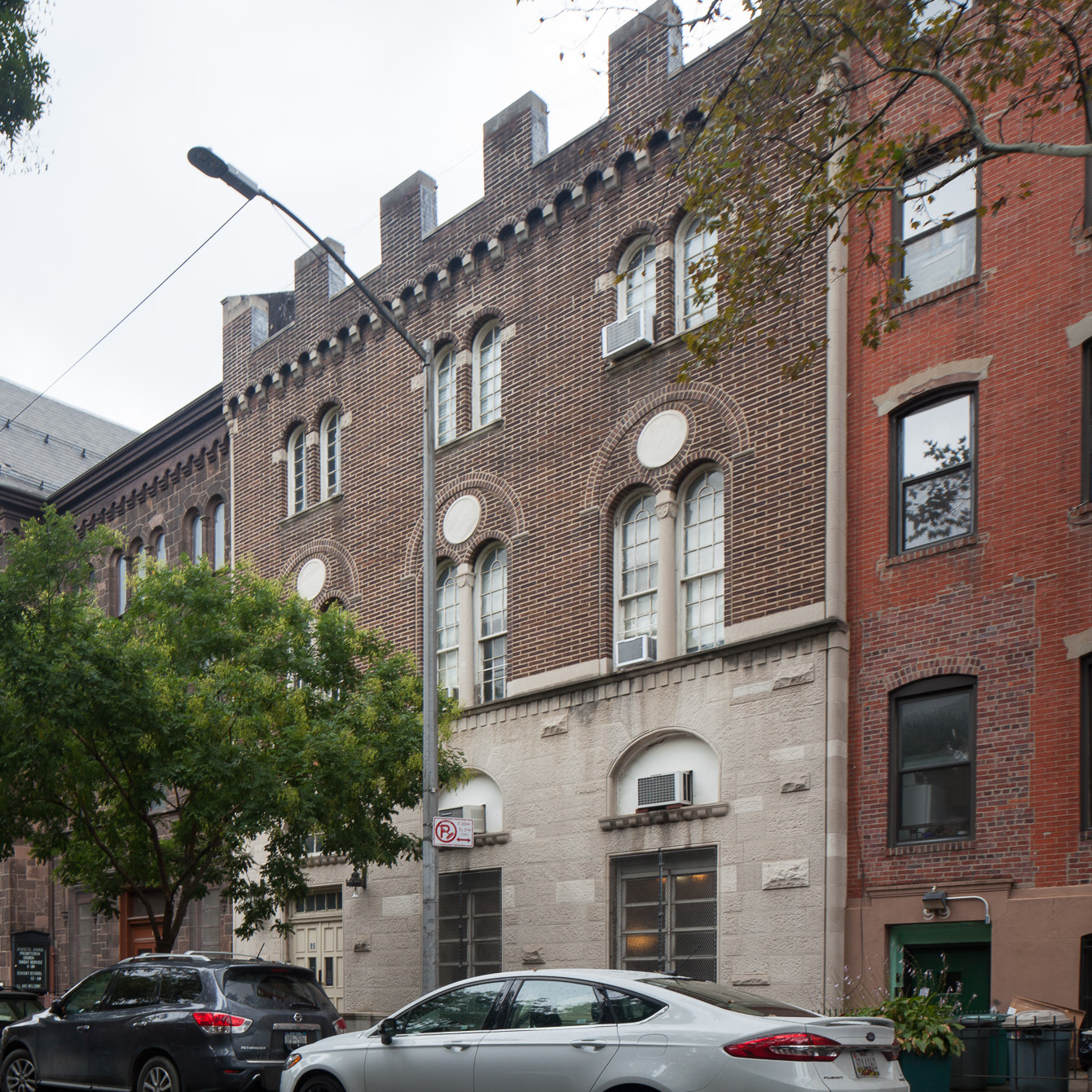
Audre Lorde Project
overview
The groundbreaking Audre Lorde Project (ALP), founded in 1994, has been located in the parish house of Lafayette Avenue Presbyterian Church, in Fort Greene, Brooklyn, since 1996.
Credited as the country’s only center for lesbian, gay, bisexual, two-spirit, transgender, and gender non-conforming people of color, ALP has served as an important meeting and resource space for groups of color, including immigrant groups.
History
In 1994, the Advocates for Gay Men of Color (AGMOC) and the Lesbian and Gay People of Color Steering Committee, a coalition of more than 20 groups, conducted a series of town meetings in New York City for what was initially intended as an HIV-related organizing initiative. The idea morphed into the Audre Lorde Project (ALP), a community organizing center for queer people of color. Part of ALP’s mission has been to prioritize the specific needs and concerns of this community, which had historically felt left out of more mainstream LGBT organizations. ALP was named for Black lesbian writer, educator, and activist Audre Lorde, a Harlem native who lived on Staten Island for many years.
Audre Lorde insisted on changing the shape of the world that impinged on hers. As LGBTSTPC [lesbian, gay, bisexual, two-spirit, transgender people of color] united to build and sustain this center to address our multiple needs, it is no wonder that we chose to honor and invoke the name of Audre Lorde.
Becoming a funded organization in 1996, ALP moved into the parish house of the progressive and multi-racial Lafayette Avenue Presbyterian Church, in Fort Greene, Brooklyn, in June of that year. (This church was among the first houses of worship in New York City to welcome LGBT people into its congregation.) The approximately 1,100-square-foot parish house space was overseen by its sole staff member, executive director Joo-Hyun Kang, and a multi-racial Board of Directors and volunteers. Kang, a resident of East Flatbush, Brooklyn, noted, in 1996, that “So many lesbian and gay services are concentrated in Chelsea and [Greenwich] Village, and that’s not where most queer people of color live.” Within the next decade, ALP’s staff grew to nine people.
ALP was founded as the country’s only center for lesbian, gay, bisexual, two-spirit, and transgender people of color, according to its website. It has been an important resource and meeting space for many queer and ally people of color groups, and is considered one of the city’s foremost organizations to provide space for queer immigrant groups. Some of the groups that have met here include African Ancestral Lesbians United for Societal Change (formerly the Salsa Soul Sisters), Arab and Iranian LBT Women’s Group (formerly Arab and Persian LBT Women’s Group), Asian Pacific Islander Coalition on HIV/AIDS (APICHA), Brooklyn Pride, Gay Men of African Descent (GMAD), Queer Koreans of New York, South Asian Lesbian and Gay Association (SALGA), Las Buenas Amigas, and Latino Gay Men of New York (see slideshow for the full list, compiled in 2006).
ALP has created several initiatives over the years, including its Working Group on Police Violence, formed in 1997, to address the rising cases of police brutality against queer people of color. A year later, it developed two pioneering conferences in New York City: Arms Akimbo, which brought together over 150 queer women of color, and TransWorld, organized by and for trans people of color, attended by over 200 people, and created in partnership with the LGBT Community Center, in Manhattan. ALP’s programs include Safe OUTside the System, an anti-violence program led by and for people of color; TransJustice, a political group formed by and for trans and gender non-conforming people of color; and 3rd Space Support, a program to assist people of color with employment, education, health care, and immigration status issues.
In June 2010, the award-winning ALP opened a second, larger location on the 3rd floor of 147 West 24th Street, in Manhattan. This building has held several other grassroots LGBT organizations of color, including FIERCE, Queers for Economic Justice, and the Sylvia Rivera Law Project (named for pioneering trans activist Sylvia Rivera).
Entry by Amanda Davis, project manager (April 2021).
NOTE: Names above in bold indicate LGBT people.
Building Information
- Architect or Builder: Grimshaw & Morrill
- Year Built: 1861-62
Sources
Alisa Solomon, “We’re Queer, We’re Here,” Village Voice, June 29, 1999, 78-83.
“ALP Capital Campaign: A Space for Many Movements,” Audre Lorde Project, 2007, bit.ly/2PWFTqv.
“ALP’s New Green Home Provides Room to Grow, Better Accessibility!,” Audre Lorde Project, May 18, 2010, bit.ly/2QevOoE.
Audre Lorde Project, alp.org.
Dayo F. Gore, Tamara Jones, and Joo-Hyun Kang, “Organizing at the Intersections: A Roundtable Discussion of Police Brutality Through the Lens of Race, Class, and Sexual Identities,” in Andrea McArdle and Tanya Erzen, eds., Zero Tolerance: Quality of Life and the New Police Brutality in New York City (2001), 251-269.
Somini Sengupta, “Away From the City’s Gay Center, a Place for Minorities,” The New York Times, July 28, 1996, 8. [source of Joo-Hyun Kang quote]
Yvonne Delaney, “Audre Lorde Project Celebrates 3 Years,” New York Amsterdam News, May 13, 1999, 9:1. [source of pull quote]
Read More
Do you have more information about this site?
This project is enriched by your participation! Do you have your own images of this site? Or a story to share? Would you like to suggest a different historic site?
